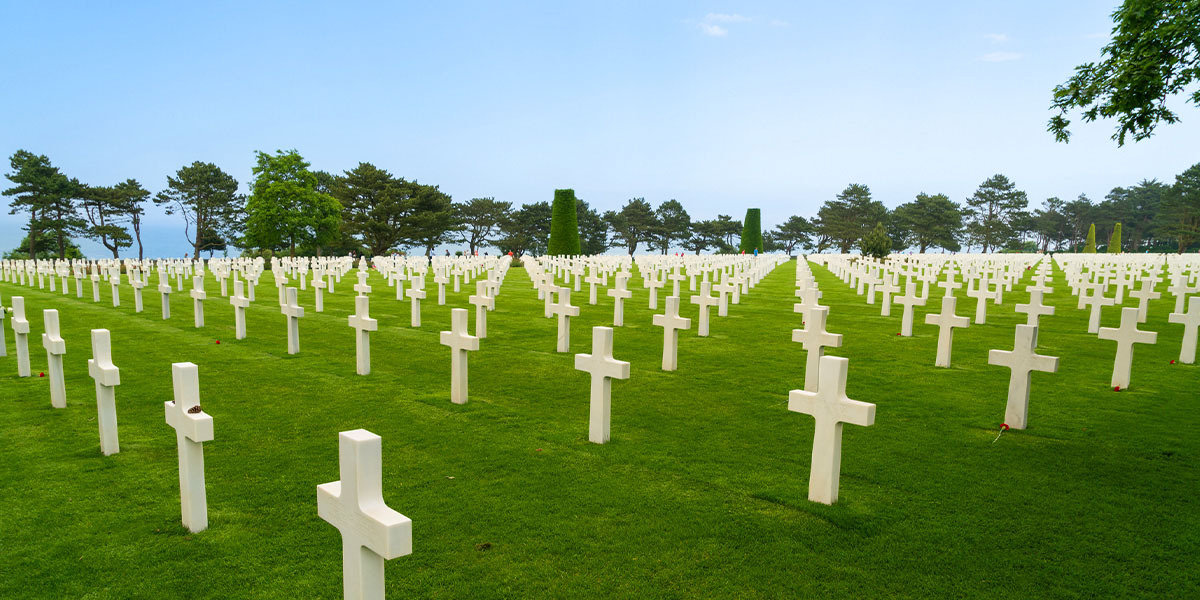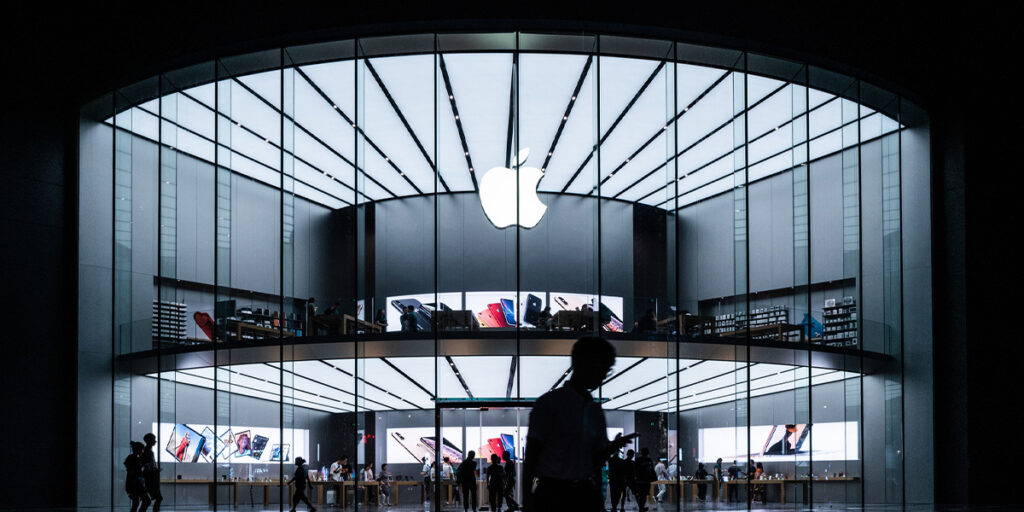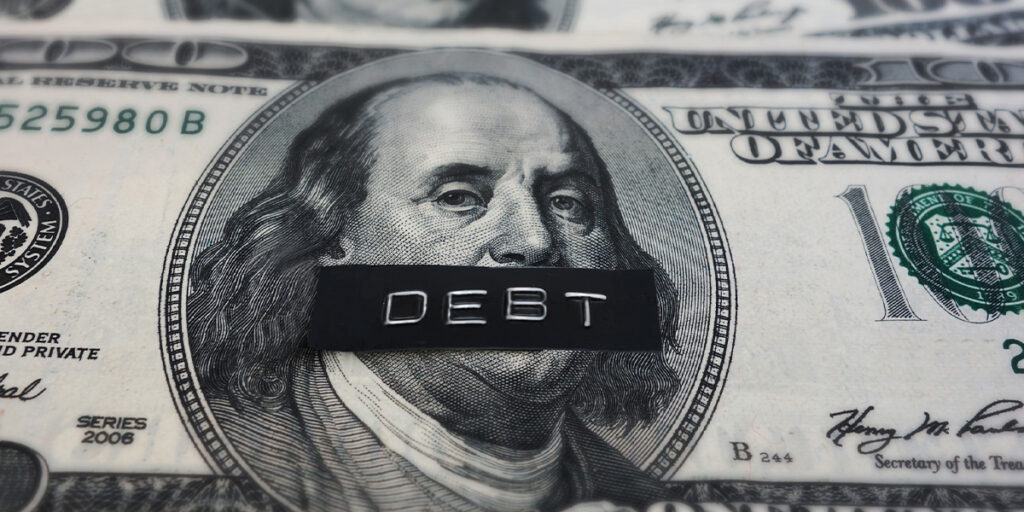For those of you who would prefer to listen:
80 years ago this week, nearly 200,000 troops from 8 allied nations stormed the beaches of Normandy or parachuted behind enemy lines. Over 130,000 were American. It will forever be known as D-Day. On June 6, 1944; The liberation of Europe commenced.
You’ve probably noticed by now, I’m a perennial proponent of the American spirit. Our nation’s story is incredibly imperfect, but the fact that we admit it and strive to be more perfect is what makes us great. Story telling is essential for learning and growing. Understanding the why is the way. Mastering it secures respect for the past and the promise and commitment to be better in the future. At least, that’s the way I see it.
If we as a society don’t tell stories and honor great people, they’ll be lost in the wind for generations to come. Our nation’s success has come on the backs of so many good people doing great things. It’s been ordinary people doing extraordinary things. That’s also the formula for future success. If you’ll indulge me, I want to tell a story of D-Day & Today.
First, you might be wondering how it got its name. The term “D-Day” is used by the Armed Forces to refer to the beginning of an operation. “D” stands for “Day.” Military planners used plus and minus signs to designate days occurring before and after an event. Two days before an operation commenced was indicated as D-2, three days after was D+3. So basically, D-Day was short for Day-Day, meaning go-time; Today’s the Day.
General Eisenhower gave the order:
“Soldiers, Sailors, and Airmen of the Allied Expeditionary Force! You are about to embark upon the Great Crusade, toward which we have striven these many months. The eyes of the world are upon you. The hope and prayers of liberty-loving people everywhere march with you. In company with our brave Allies and brothers-in-arms on other Fronts, you will bring about the destruction of the German war machine, the elimination of Nazi tyranny over the oppressed peoples of Europe, and security for ourselves in a free world. Your task will not be an easy one. Your enemy is well trained, well equipped and battle-hardened. He will fight savagely.”
It was go-time like never before. Among the mass of troops headed to Normandy were some familiar names: Yogi Berra. JD Salinger. Theodore Roosevelt Jr. Henry Fonda. Andy Rooney. I found these words from Andy Rooney, who later became best known for his role Sunday evenings on 60 Minutes, about the historic event:
“If you are young and not really clear what D-Day was, let me tell you. It was a day unlike any other. There have only been a handful of days since the beginning of time on which the direction the world was taking has been changed for the better in one 24-hour period by an act of man. June 6th, 1944 was one of them. What the Americans, the British, and the Canadians were trying to do was get back a whole continent that had been taken from its rightful owners by Adolf Hitler’s German army. It was one of the most monumentally unselfish things one group of people ever did for another.
No one can tell the whole story of D-Day because no one knows it. Each of the 60,000 men who waded ashore that day knew a little part of the story too well. To them, the landing looked like a catastrophe… There were heroes here no one will ever know because they’re dead. The heroism of others is known only to themselves. If you think the world is selfish and rotten, go to the cemetery at Colleville-sur-Mer overlooking Omaha Beach. See what one group of men did for another on D-Day, June 6th, 1944.”
This area in Northern France has certainly not forgotten the events of 8 decades ago. Thousands of people congregated this week to honor, support and “take care of the ones who took care of us” assisting World War II veterans as they returned to the sand and soil on which they so bravely fought. 150 living American veterans who took part in the Normandy landings, now between the ages of 98 and 104, attended the ceremonies. 4,000 high school students in Normandy, France gave a standing ovation to honor those veterans. French President Macron hosted the event. President Biden spoke. King Charles of England represented Great Britain. Prime Minister Trudeau represented Canada. Ukrainian President Volodymyr Zelenskyy was present too. There was also a notable absence: Vladimir Putin.
For all the talk of remembrance, it’s often forgotten in the West that Russia was a victorious World War II Allied power along with the Americans, the British and the French. The Soviet Union lost 27 Million people in the war against Nazi Germany. In fact, the Battle of Stalingrad was arguably as significant a turning point on the Eastern front as D-Day was in the West. Vladimir Putin has been a previous participant in the D-Day commemorations. This year, he wasn’t invited. The Russian invasion of Ukraine is the obvious reason for that. It is highly symbolic that Zelensky was.
The formal dis of Putin fuels the Russian President’s narrative that the West is ideologically aligned against Russia and ignores its enormous WWII sacrifices and contributions to defeat the Nazis. Even the German Chancellor was invited this week, the current leader of the enemy nation the Allies attacked at Omaha Beach. At the height of the Cold War in 1984, President Reagan attended the first major D-Day commemoration. No Soviet leader was present.
The symbolic isolation of Vladimir Putin by the West ignores an important fact about the present. There are many parts of the world that continue to embrace Russia. They partner and increasingly trade for energy and military equipment. They also have historic and cultural reasons for alignment that threaten the West. In fact, next week Russia will host foreign ministers from the growing BRICS nations (Brazil, Russia, India, China, South Africa). Turkey is expected to attend as well. Importantly, Turkey is a NATO member with stated goals of European Union admission. This certainly complicates things on the World Stage. It’s been said that Iran, Egypt and the United Arab Emirates are interested in joining this BRICS group too.
War has been historically good for the Market, something always so counterintuitive. The fact is war tends to stimulate growth. Hitler’s Nazis invaded Poland on September 1, 1939, setting off the war. When the Stock Market opened on September 5th, the Dow shot 10% higher that day. The attack on Pearl Harbor on December 7th, 1941 sent stocks lower at first. The following Monday the Dow declined 3%. But it took just a month to erase those losses. And would you believe that when the allied forces invaded France on D-Day, the Stock Market barely moved? What’s more the Dow rose more than 5% over the ensuing month.
From the start of WWII in 1939 until it ended in 1945, the Dow was up a total of 50%. That was an annualized 7% rate of return. In fact, the Dow made a major bottom, finally putting an end to the great secular Bear Market that began with the crash in 1929. In the World War, a new Bull was born.
Prior to World War II, factories in the United States were producing cars, appliances and toys. In January of 1942 , a month after Pearl Harbor, President Franklin Delano Roosevelt ordered the establishment of the War Production Board. It converted the factories of peacetime industries into manufacturing plants for weapons and military equipment for the war. It also ordered the conservation of various key materials like metal, which were needed to build up equipment and supplies for the fight.
Other items considered essential for war included petroleum products, rubber, paper and plastic. That brought strict rationing for the American people. They were told to limit vehicle usage and the purchase of luxury items at that time. Patriotism penetrated the people both at home and abroad.
Shipyards from coast-to-coast turned out entire fleets of aircraft carriers, battleships, submarines and other vessels. Boeing became the iconic symbol of American air power. General Motors plants cranked out a wide range of military vehicles, from trucks to tanks. The most famous was the Sherman tank, which became the backbone of the Allied armored forces. The Ford Motor Company produced B-24 Liberator bombers.
Women on the home front took jobs that were previously occupied by men. They jumped in as welders, mechanics and aircraft assembly workers. Rosie the Riveter was born and she could sure do it along with thousands of her fellow colleagues. The increased production stimulated the Economy in a major way. Growth returned, finally putting an end to the Great Depression. By the end of World War II, half of the world’s wartime industrial production was in the United States.
Corporate America rallied for the cause. The Hershey Chocolate Company worked with the US Army to develop the formula for a survival ration bar. It was called the Ration ‘D’ bar. After America entered the war, Hershey produced Millions of the ration bars for the military. Coca-Cola President Robert Woodruff ordered that “every man in uniform gets a bottle of Coca-Cola for five cents, wherever he is and whatever it costs the company.” It was a taste of home they could bring with them abroad. Sales of Coke skyrocketed when the troops came home.
The scientific and technological legacies of World War II had a profound impact on life in the post-war. It triggered a new age of innovation and increasing prosperity for the American way of life. The Baby Boomers were born. Suburbs exploded. Technologies developed during World War II for the purpose of winning the war found new uses as these products became staples in the American home. Wartime medical advances also became available to the civilian population, leading to a healthier and longer-lived society.
Familiar everyday products today that were developed during the war: The Jeep. Duct tape. Microwave ovens. Meteorology is rooted in World War II. Radar helped the Allied forces detect enemy ships and planes. It has been proven to have many non-military uses, such as studying weather and detecting major events like hurricanes.
In the 1930s, computers referred to people that performed complex arithmetic calculations by hand. The war demanded rapid progression of computing power, resulting in the expansion of innovative machinery. One of the first computers took up 1,500 square feet with 40 cabinets that stood 9 feet in height and was able to perform thousands of calculations per second. Computing was changed forever and innovation has kept driving advancements throughout the decades, leading us to today’s Digital Age.
Medicine got a major boost. Penicillin, the first true antibiotic, was discovered before the war. But commercial production of penicillin did not begin until after the start of World War II. American and British scientists worked aggressively collectively to meet the needs of the war. It became clear that large-scale production of penicillin was a necessity. In advance of the D-Day invasion in 1944, scientists prepared 2.3 Million doses of penicillin for the soldiers. It was called the “miracle drug.” From microwaves to space exploration, the scientific and technological advances of World War II forever changed the American way of life. It ushered in a new age of innovation where, for the first time, everyday people interacted with technology in their daily lives. America became the economic engine of the world. Its post-war prosperity was the envy of the world.
And just think, would all of this have happened if not for those brave souls who made the ultimate sacrifice on that June day in 1944? We cannot forget that 90% of the soldiers on the first boats that landed onshore didn’t live to see the end of the day. These were scared and courageous boys. Some of them never made it to their 18th birthday. They never had the opportunity to have a family of their own. They never voted or owned a home. They never saw their parents again.
Thinking about that really makes you pause. These brave and selfless American boys paid the ultimate price for our freedom. For that, I am eternally grateful.
It’s essential that we tell the story of these brave Americans so that our kids and grandkids understand and value the sacrifice made. And so, they in turn will tell their kids and grandkids, so that we the people show eternal honor to the selfless and the brave and that we never forget. French President Emmanuel Macron said it well this week: “Let us be worthy of those who landed here.”
Something that I will hold onto this Summer and the rest of my life: Our day at the beach is made possible from their day at the beach. That was June 6, 1944.
Have a nice weekend. We’ll be back, dark and early on Monday.
Mike







